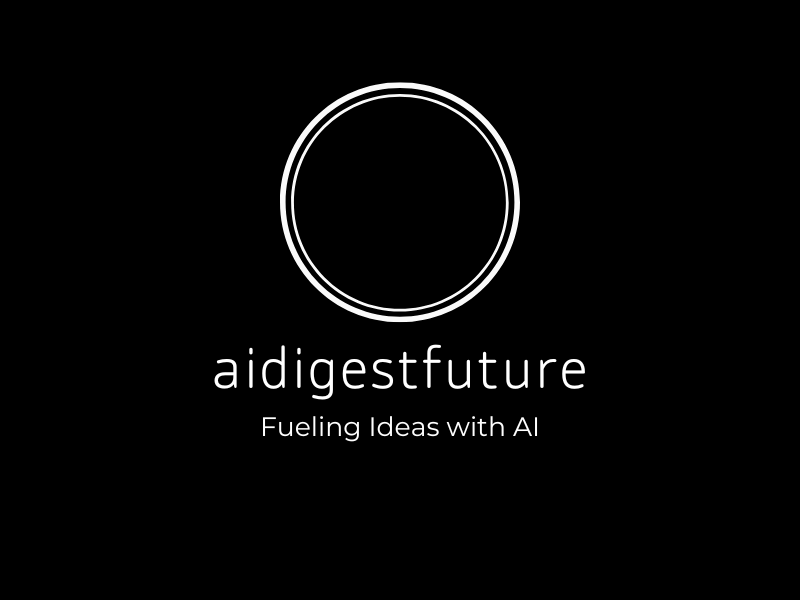
Avoid Artificial Intelligence Mistakes: Your Blueprint for Success
Artificial Intelligence (AI) is reshaping industries, optimizing workflows, and solving problems at scale. From automating mundane tasks to driving data-driven decisions, AI has massive potential. However, in the rush to integrate AI into operations, users and businesses often make costly mistakes. These errors can slow down innovation, compromise data accuracy, or even result in financial loss. Avoiding artificial intelligence mistakes is crucial for success and sustainable AI adoption.
In this article, we’ll delve into the top 10 AI mistakes to avoid and offer practical insights to help your AI journey succeed.
Why Avoiding AI Mistakes Matters
AI implementation isn’t just about deploying algorithms or machines. Mistakes along the way can lead to setbacks that are difficult to recover from. By identifying and avoiding common pitfalls, you can ensure AI delivers the value you expect.
Key reasons to avoid AI mistakes:
- Prevents costly financial repercussions
- Improves accuracy and efficacy of AI solutions
- Builds user confidence in AI-based systems
- Promotes ethical and responsible use of AI
The Top 10 Artificial Intelligence Mistakes to Avoid
- 1. Neglecting to Set Clear Goals
Many businesses jump into AI without well-defined objectives. Implementing AI without knowing what problems it will solve wastes time and resources.
How to Avoid:
Start with a clear strategy. Define key performance indicators (KPIs) and measurable outcomes. For example, if you’re using AI in marketing, define whether the goal is lead generation, conversion optimization, or predictive analytics.
—
- 2. Poor Quality Data
AI systems rely on data to function. Feeding AI models with inaccurate, dirty, or biased datasets will result in unreliable outputs. This mistake can jeopardize the accuracy of your AI results.
How to Avoid:
Regularly clean and validate your datasets, ensuring they’re up-to-date, diverse, and representative. Integrate data preprocessing steps to achieve optimal results.
—
- 3. Underestimating Training Costs
AI training—especially for deep learning models—requires substantial resources, including computational power and time. Many teams underestimate these costs, leading to budget overruns.
How to Avoid:
Budget appropriately and explore cloud-based AI tools to reduce hardware costs. Test models on a smaller scale to assess feasibility before full-scale implementation.
—
- 4. Ignoring Ethics and Bias
AI systems often inherit biases from the data they’re trained on. Ignoring bias and lack of ethical consideration can lead to discriminatory outcomes and damage your organization’s reputation.
How to Avoid:
Conduct bias audits and maintain transparency in your AI models. Regularly evaluate how ethical considerations are woven into your development process.
—
- 5. Failure to Engage Stakeholders
AI impacts multiple stakeholders within an organization, including leadership, developers, and end-users. Leaving stakeholders out of the decision-making process can result in resistance or failure during deployment.
How to Avoid:
Engage stakeholders from the beginning to establish alignment and shared goals. Communicate how AI benefits each group and provide necessary training sessions.
—
- 6. Overcomplicating AI Solutions
Sometimes, organizations focus on deploying cutting-edge AI, even when simpler solutions can efficiently solve their problems. Overcomplicating the process prolongs results and inflates costs.
How to Avoid:
Leverage off-the-shelf AI tools or predefined models for straightforward use cases. Not every problem requires advanced deep learning or neural networks.
—
- 7. Lack of Scalability
Building an AI system without considering scalability is a mistake that hinders long-term success. Unscalable solutions may fail as the scope or size of the data grows.
How to Avoid:
Adopt scalable tools and technologies, whether cloud-based or modular solutions. Prioritize flexible architectures that evolve with future demands.
—
- 8. Failure to Monitor Performance
Deploying AI is not the finish line. Without constant monitoring, AI systems may degrade over time, resulting in inaccurate or outdated predictions.
How to Avoid:
Regularly track performance metrics and set up automated monitoring systems to flag inconsistencies upfront. Continuous improvement is key for AI success.
—
- 9. Trusting AI Without Oversight
Blindly relying on AI for critical decisions without human oversight is a significant risk. While AI is powerful, it is not infallible.
How to Avoid:
Maintain a human-in-the-loop approach where AI supplements—not replaces—human decisions.
—
- 10. Lack of Employee Training
AI systems are only as effective as the people using them. Lack of AI training for employees impedes successful adoption and use.
How to Avoid:
Offer ongoing training sessions and workshops to help employees better understand and utilize AI. Make AI resources accessible at all levels within the organization.
How to Ensure Success with AI
Avoiding artificial intelligence mistakes requires balancing ambition with strategy. Here are some additional tips to succeed with AI:
- Embrace agile development methodologies for rapid iteration and improvement.
- Stay up-to-date with emerging AI technologies and trends.
- Collaborate with domain experts to fine-tune AI solutions for industry-specific needs.
- Leverage external resources such as AI consultants or service providers for complex implementation.
Furthermore, explore essential AI content at AI Digest Future, where you’ll find detailed guides, insights, and updates on the latest AI trends.
External Resources for Further Reading
For a deeper dive into avoiding AI mistakes and learning from industry experts, check these 10 resources:
- AI Ethics Journal
- Towards Data Science
- Harvard Business Review AI Section
- MIT Artificial Intelligence Lab
- Forbes AI Insights
- United States AI Data Resource
- Gartner AI Reports
- Stanford’s Human-Centered AI Initiative
- The Verge AI Coverage
- IBM AI Solutions
Final Thoughts
Avoiding artificial intelligence mistakes is indispensable for maximizing ROI and achieving sustainable innovation. By steering clear of these top mistakes and adopting a proactive approach, you’ll be better positioned to unlock AI’s full potential. For industry-leading tips and the latest AI developments, stay tuned to aidigestfuture.com. The journey to AI success starts with avoiding errors and embracing best practices.
